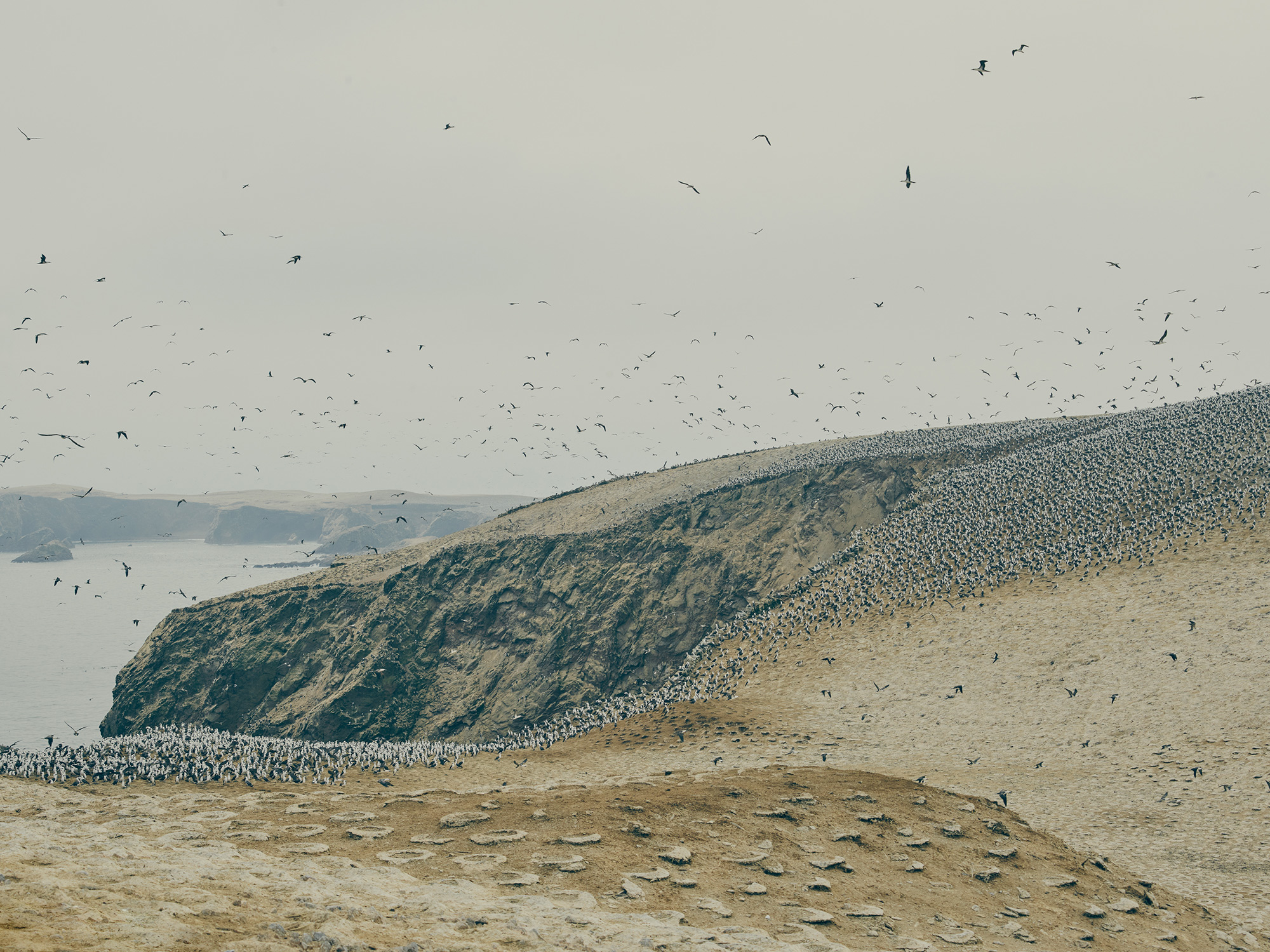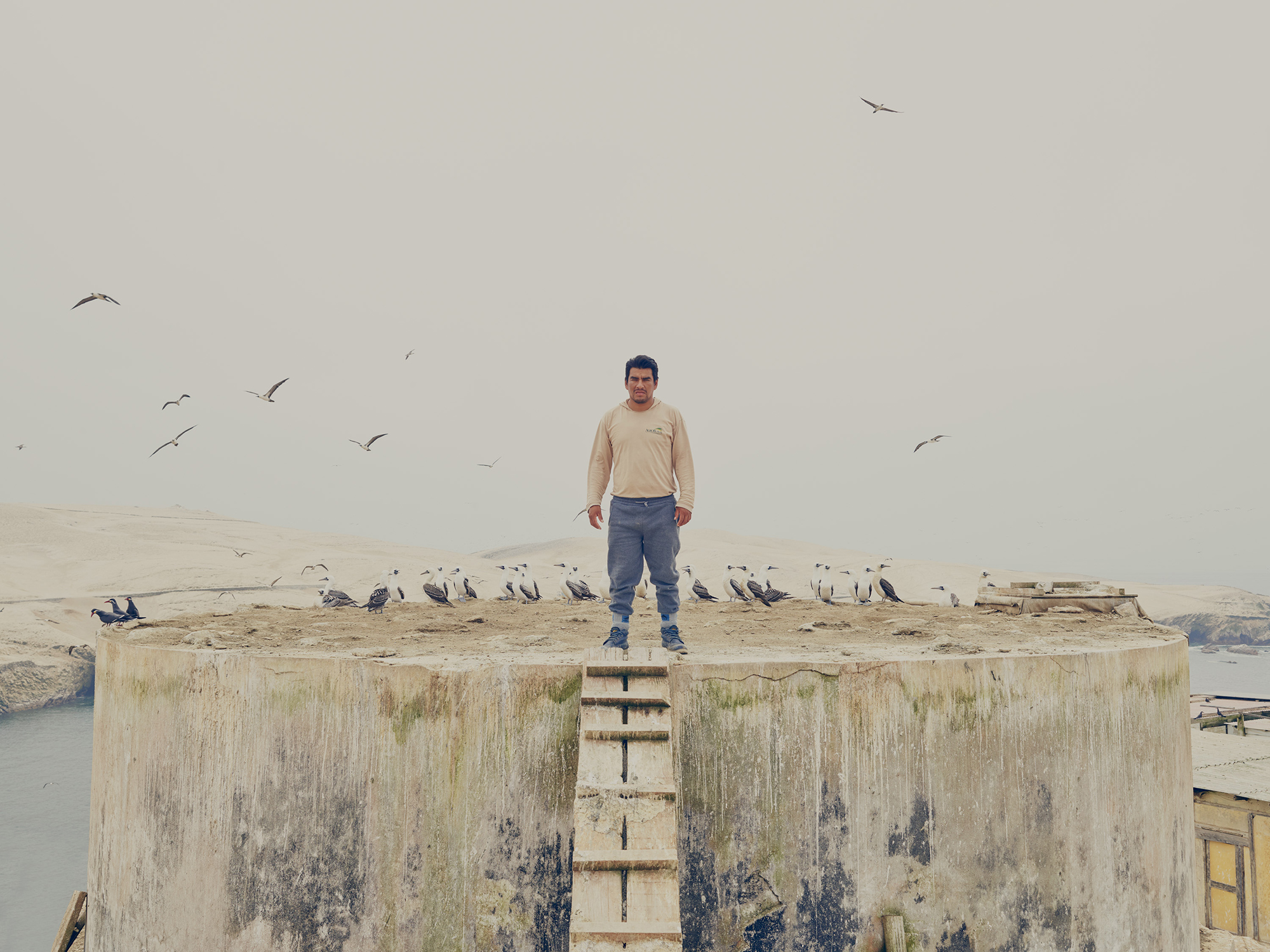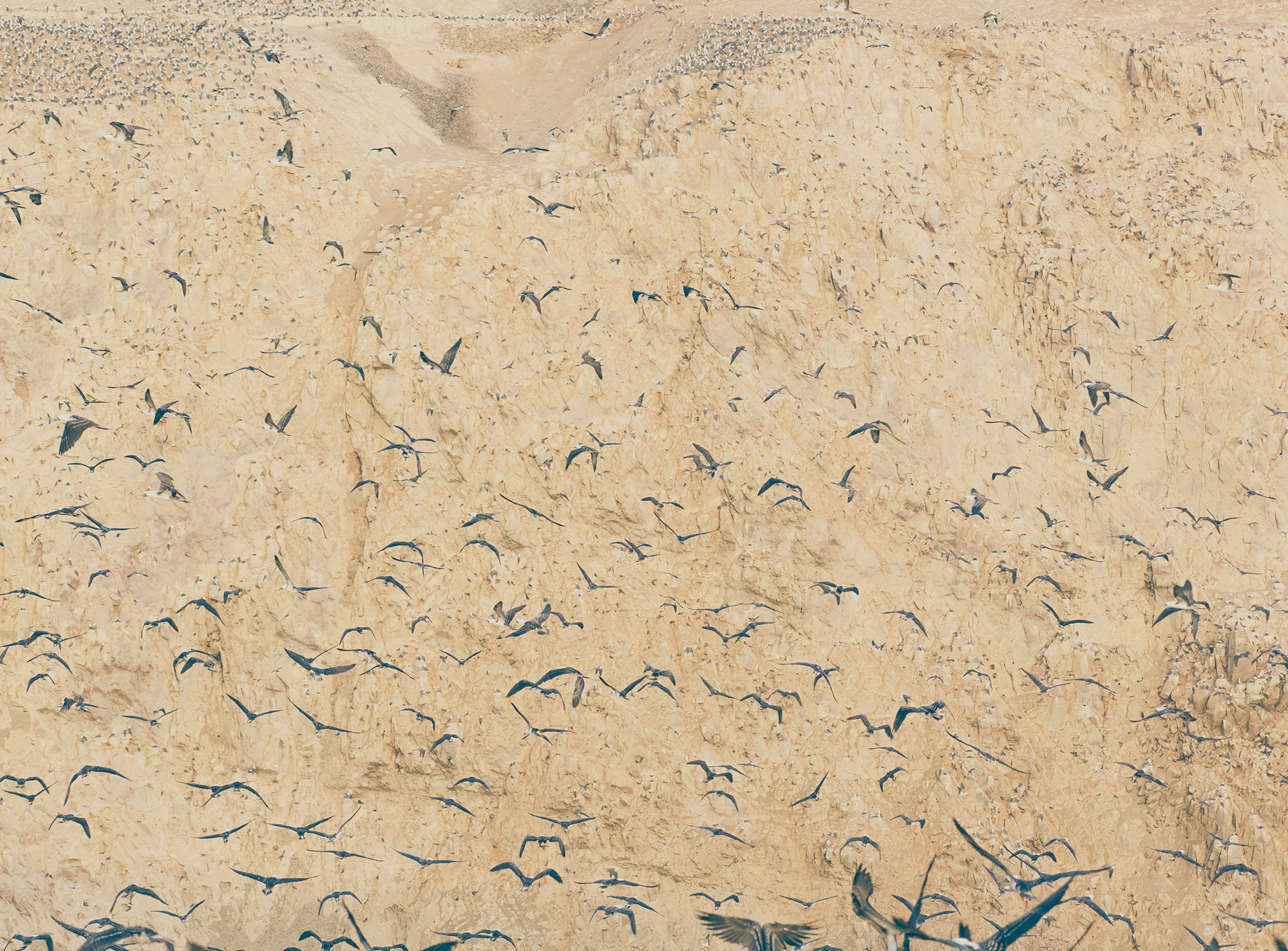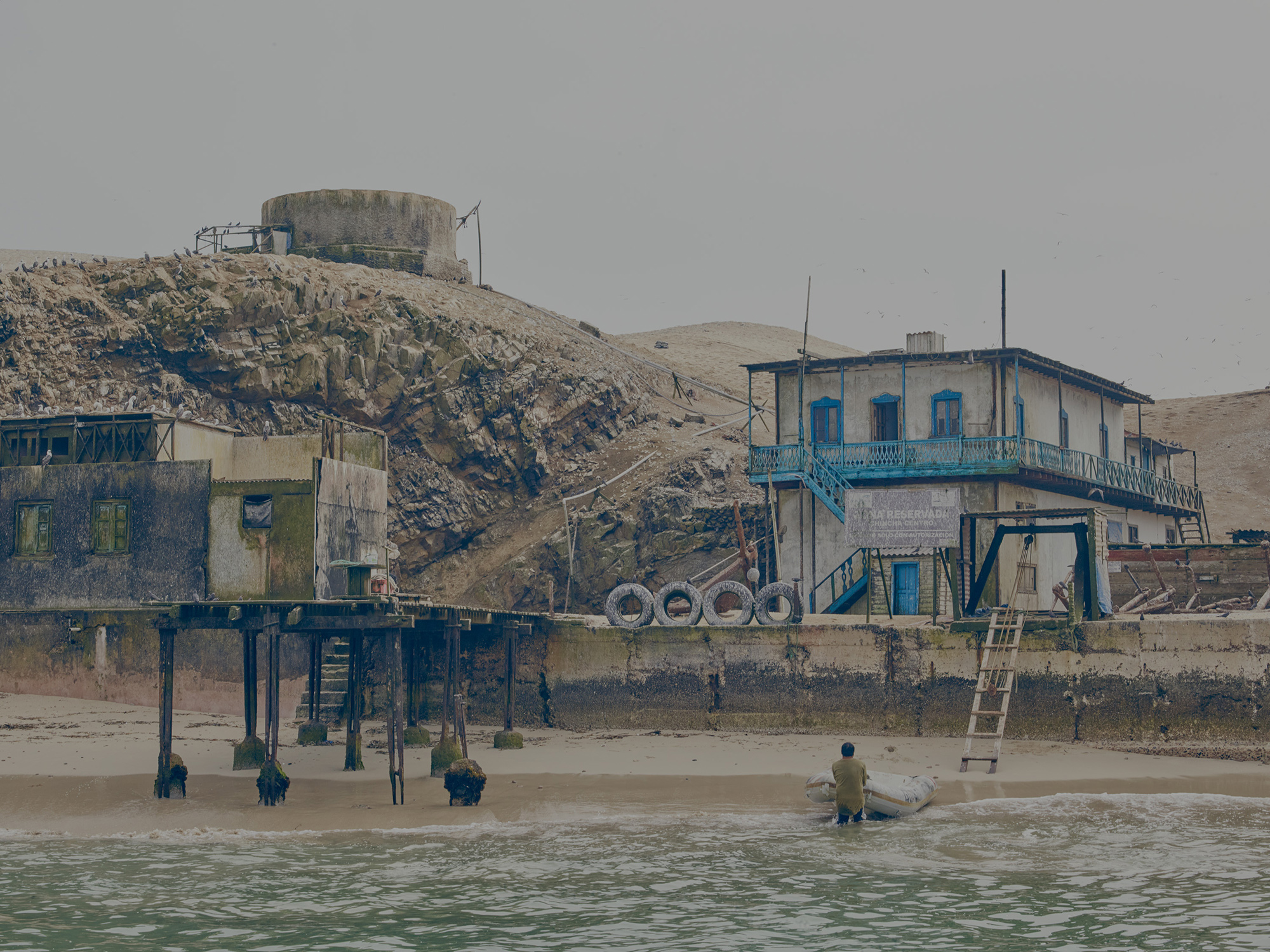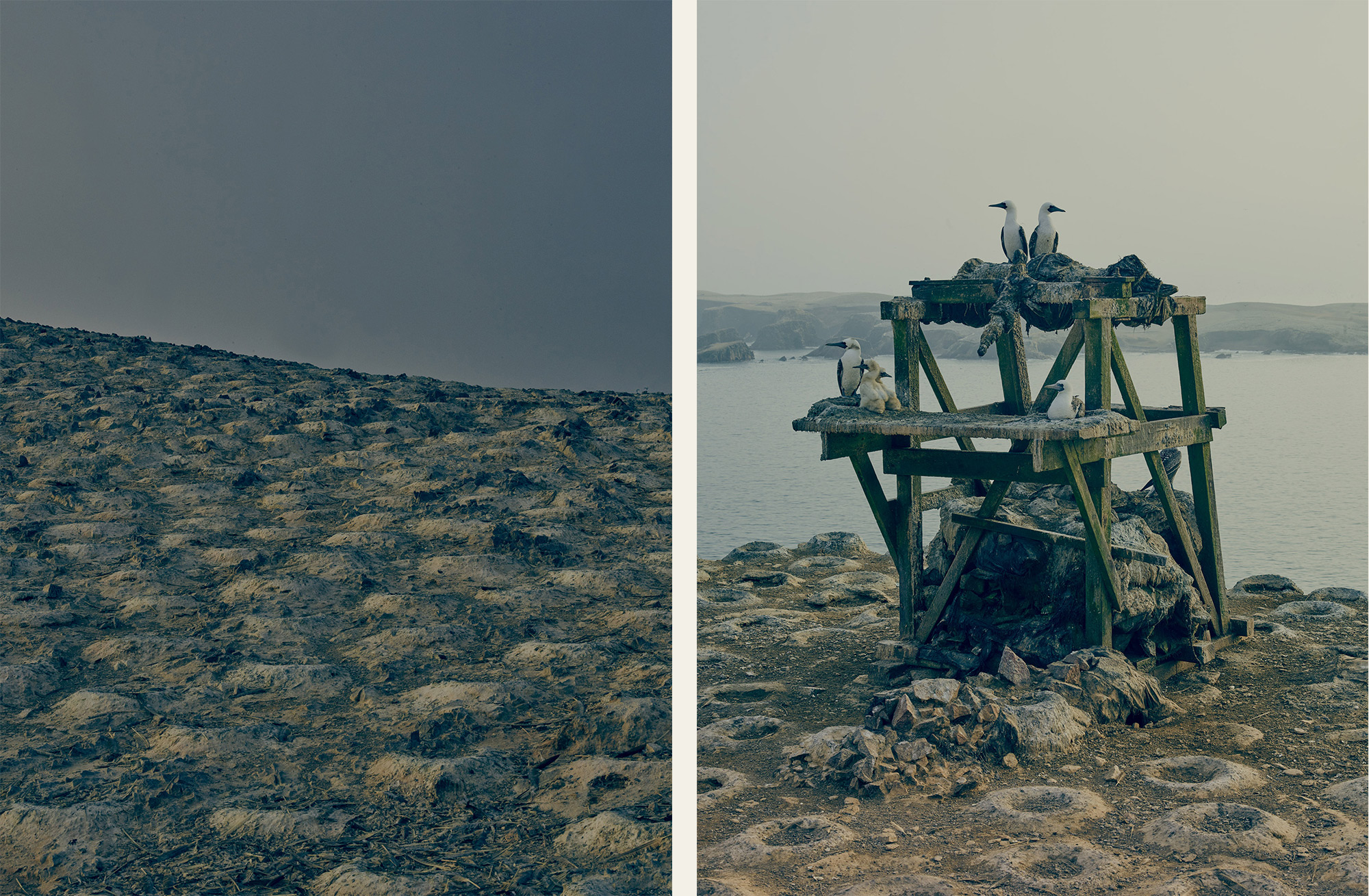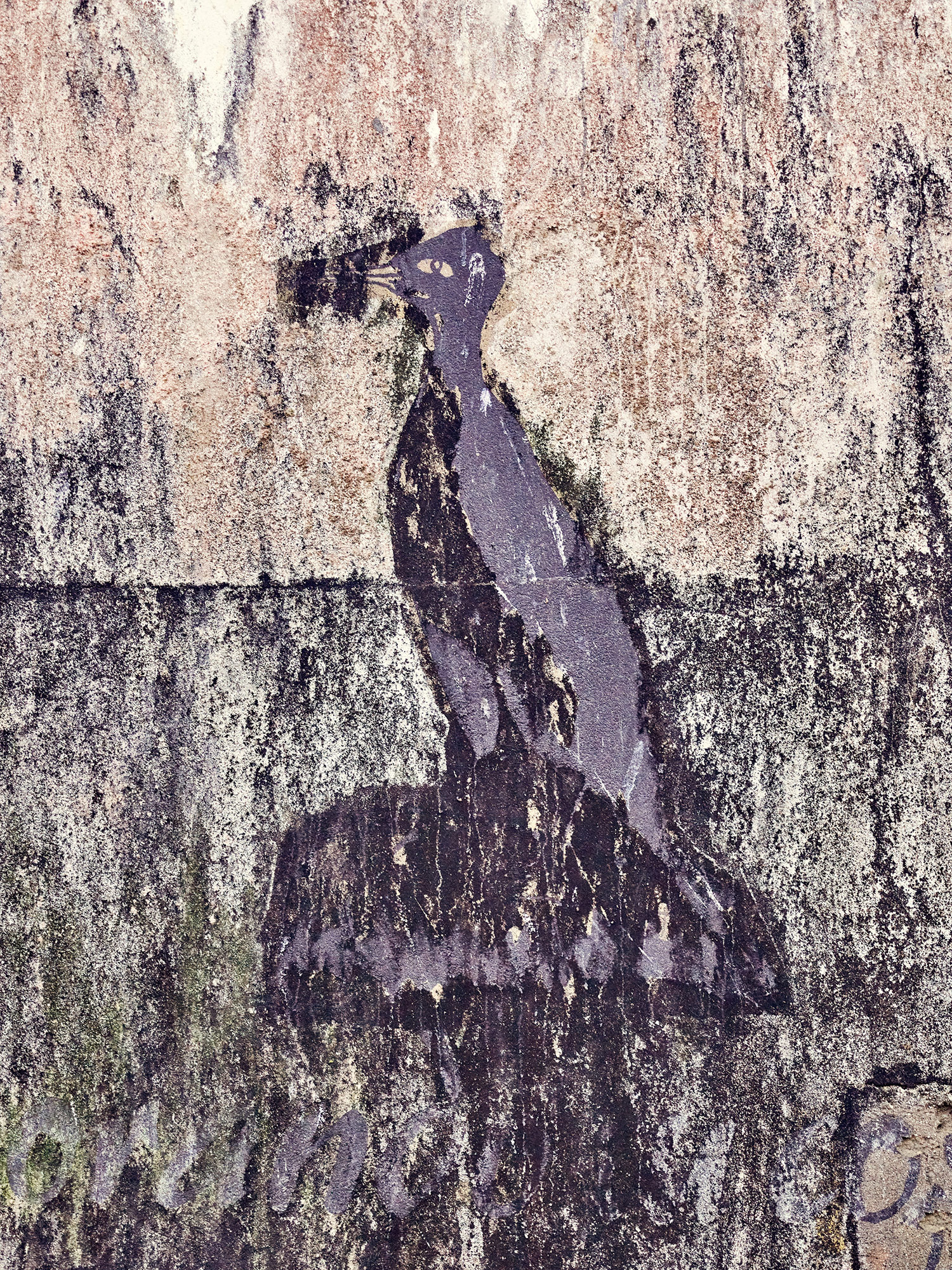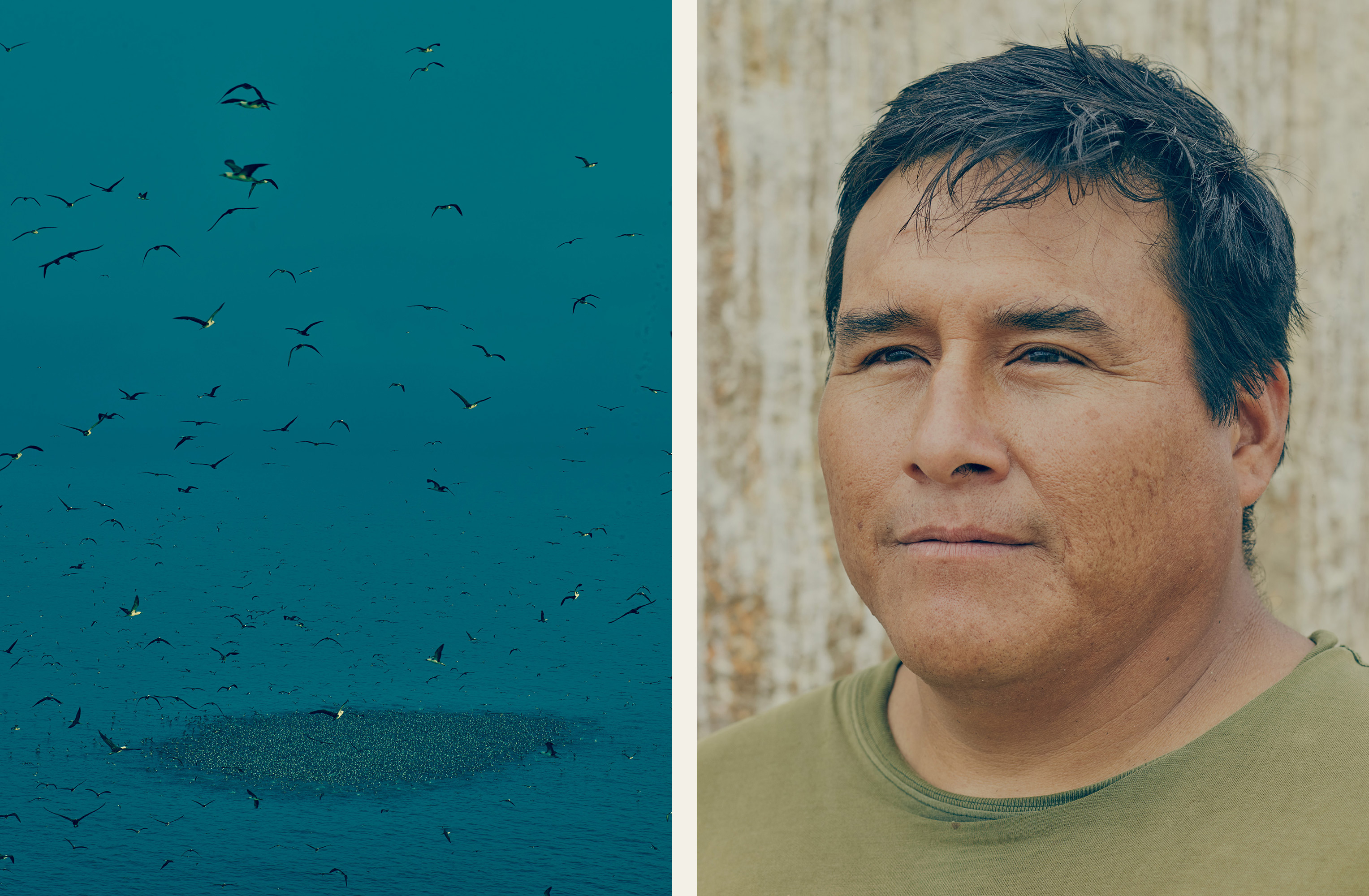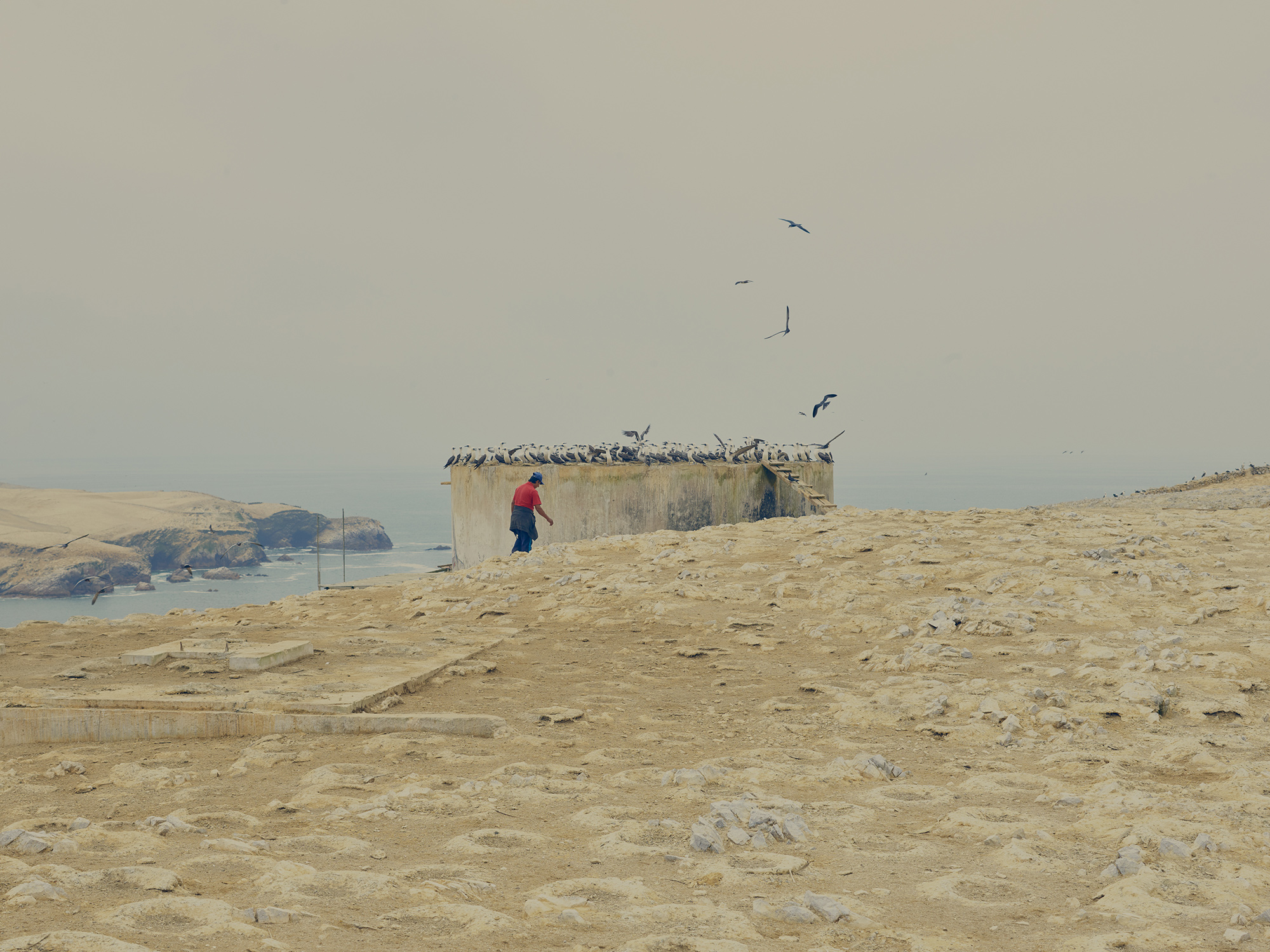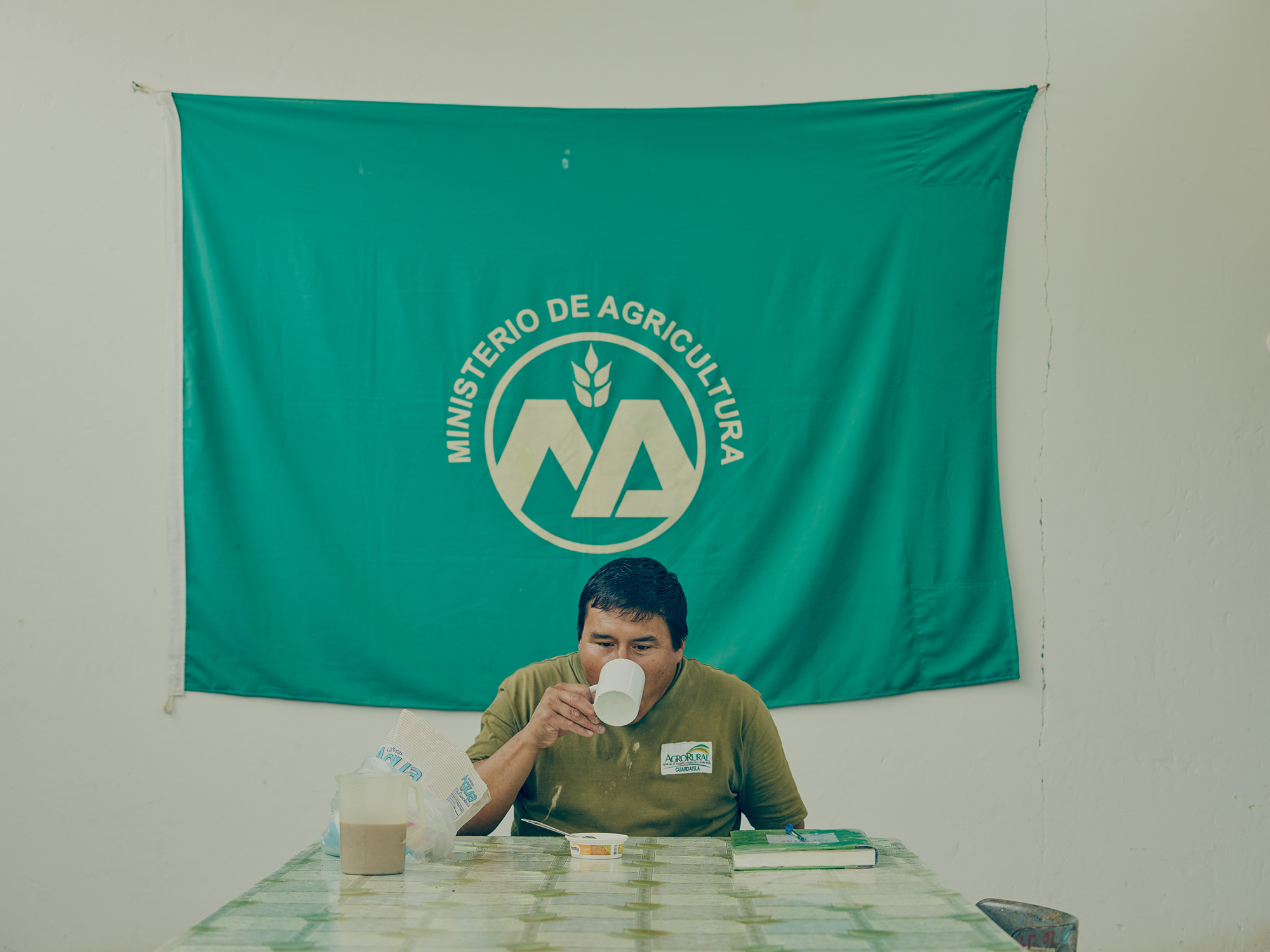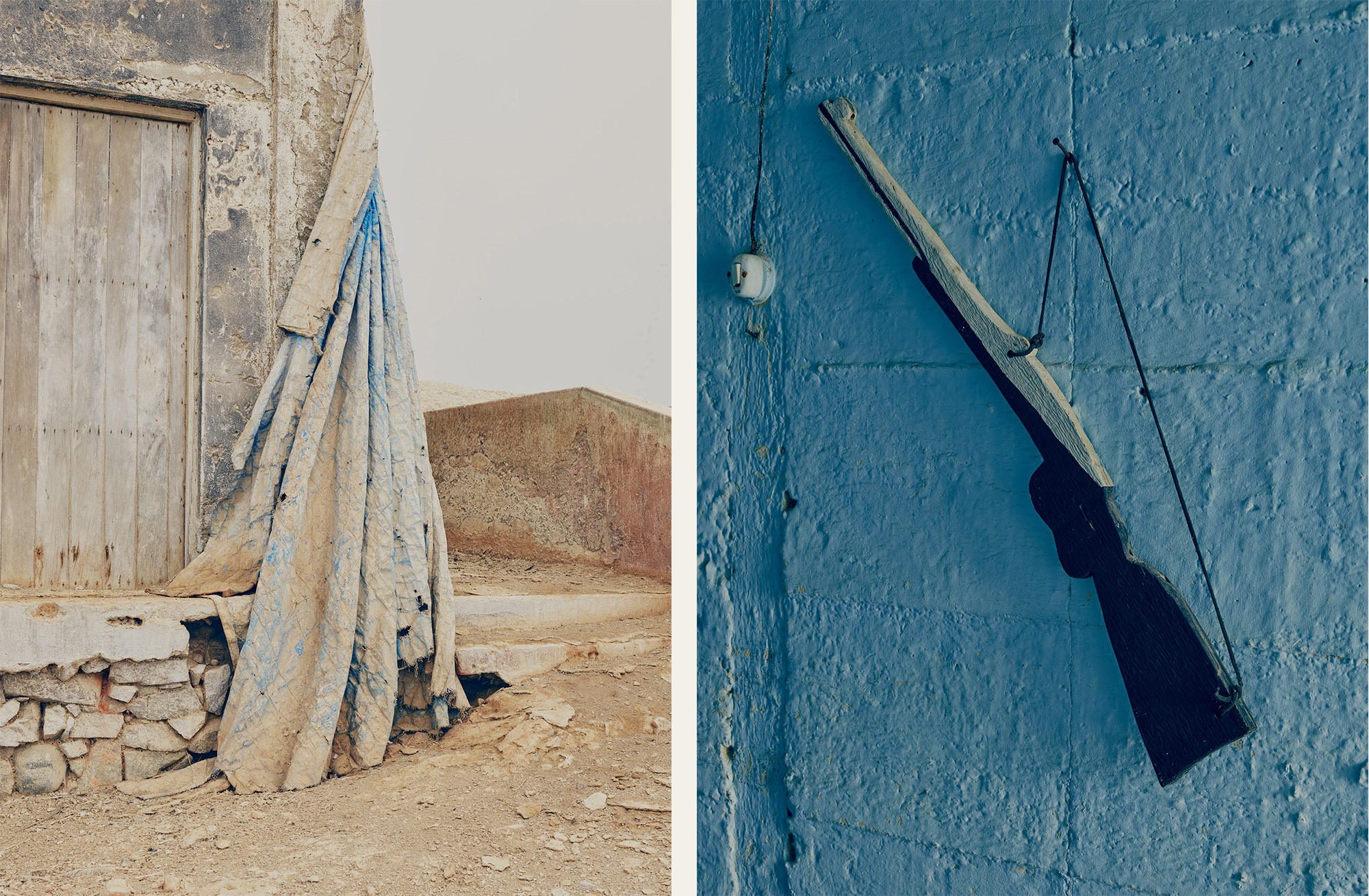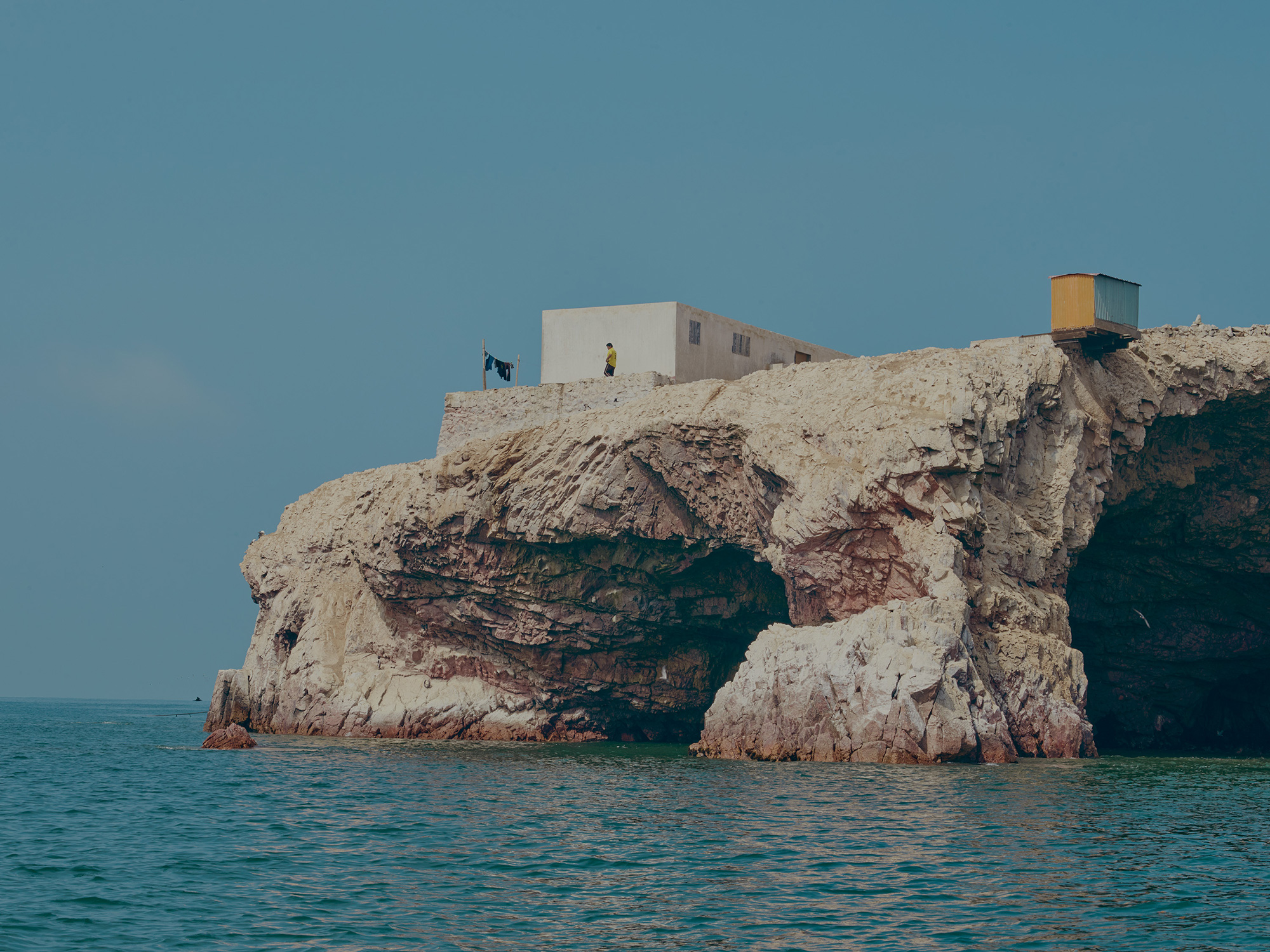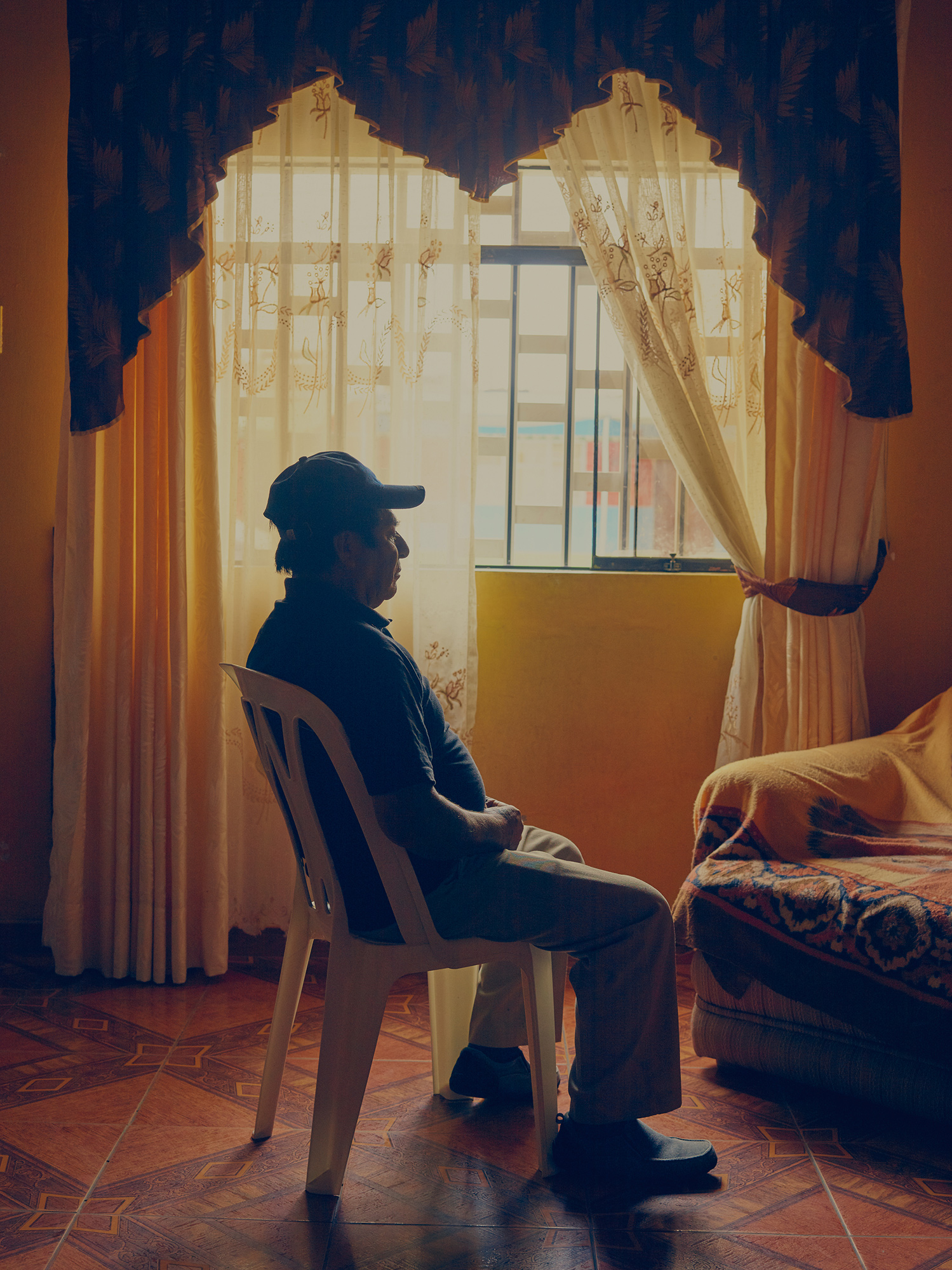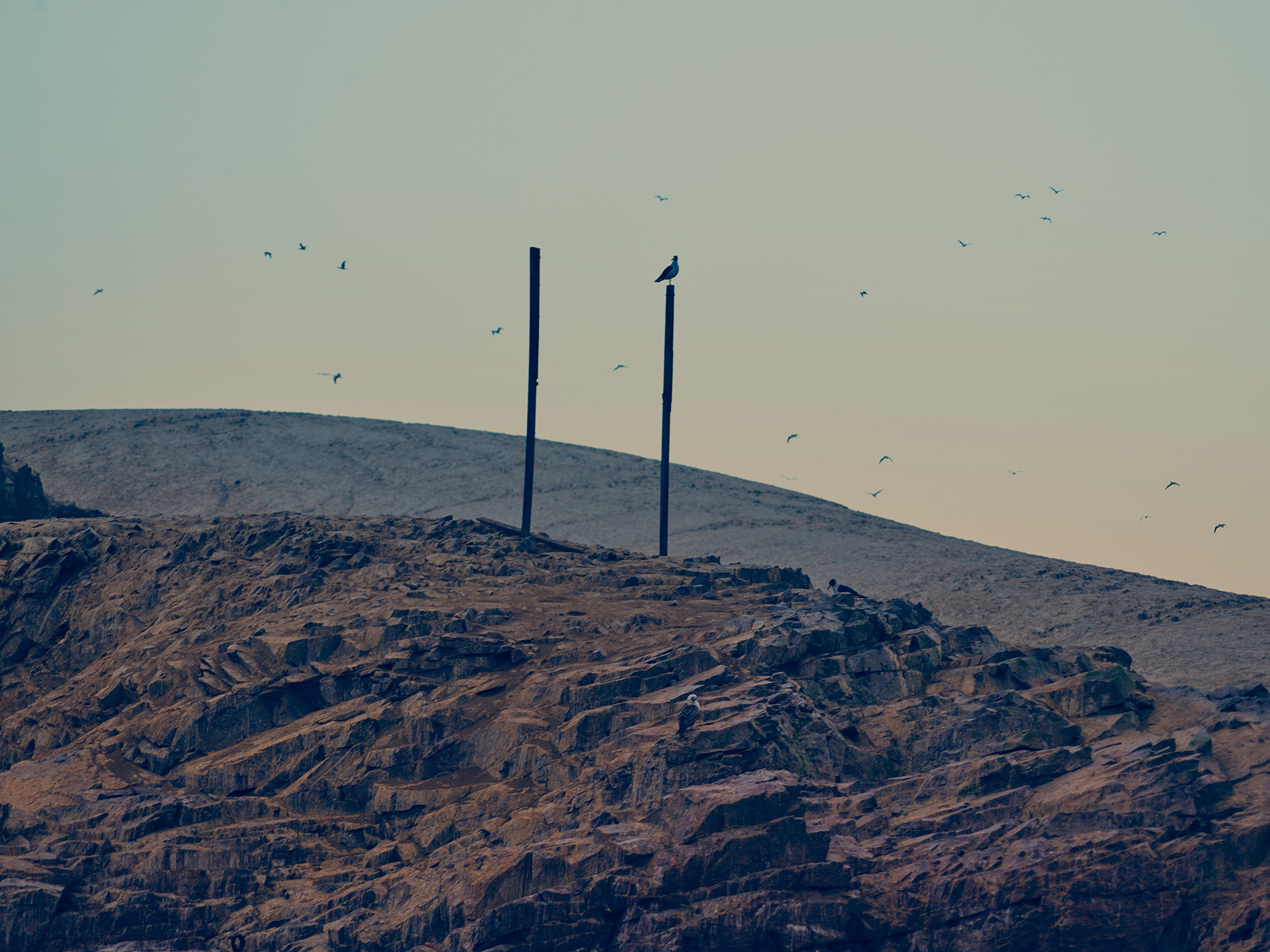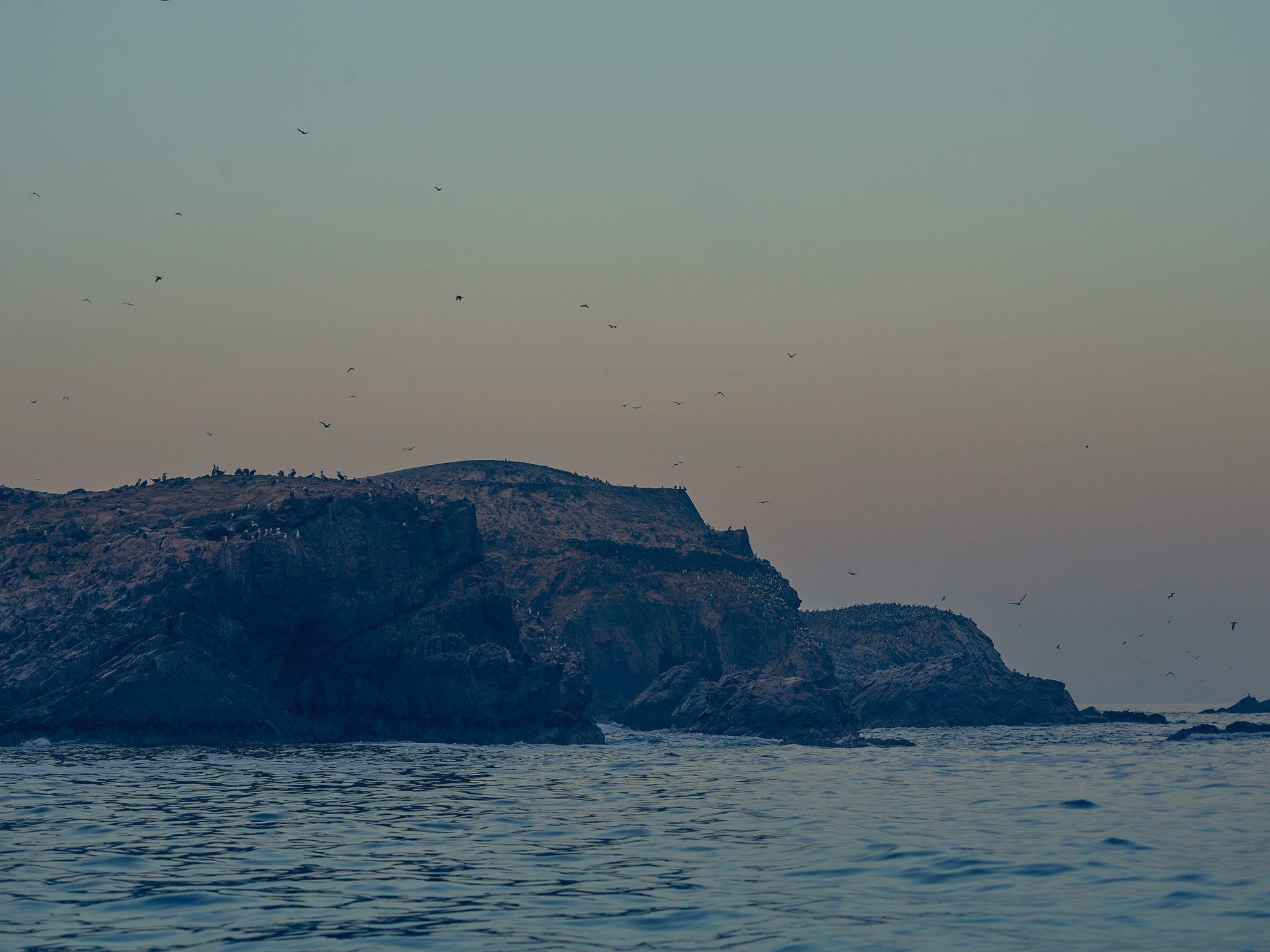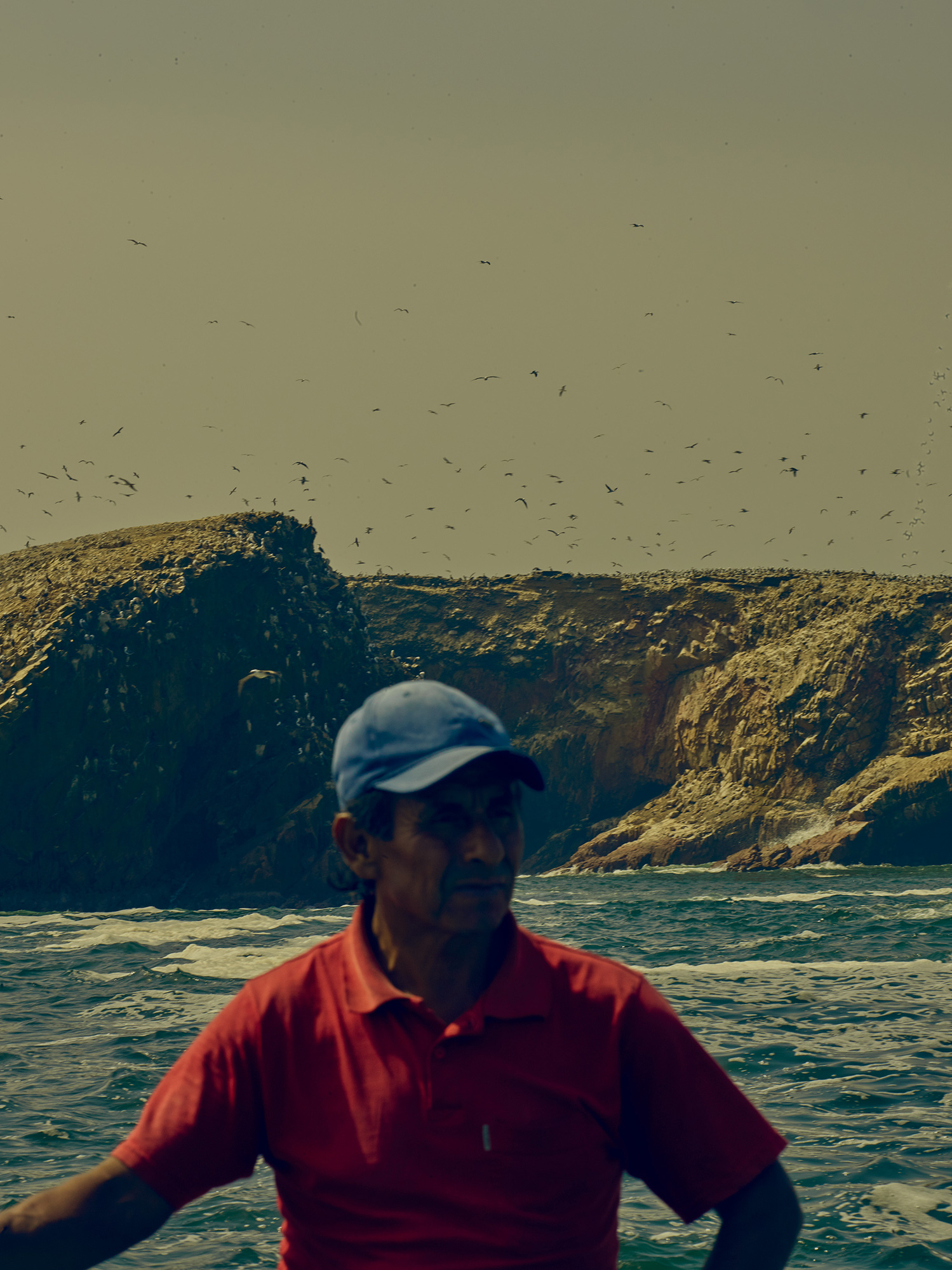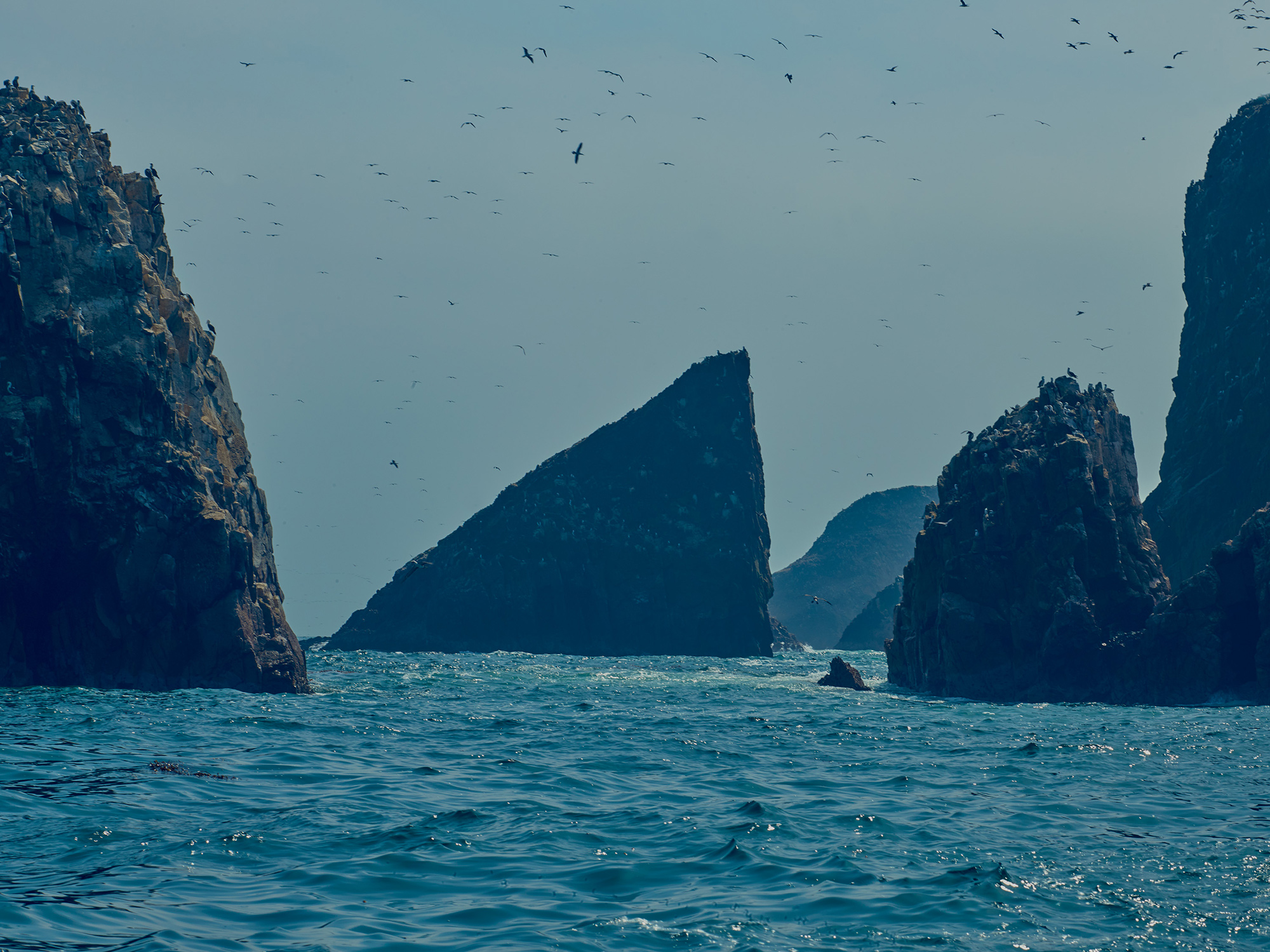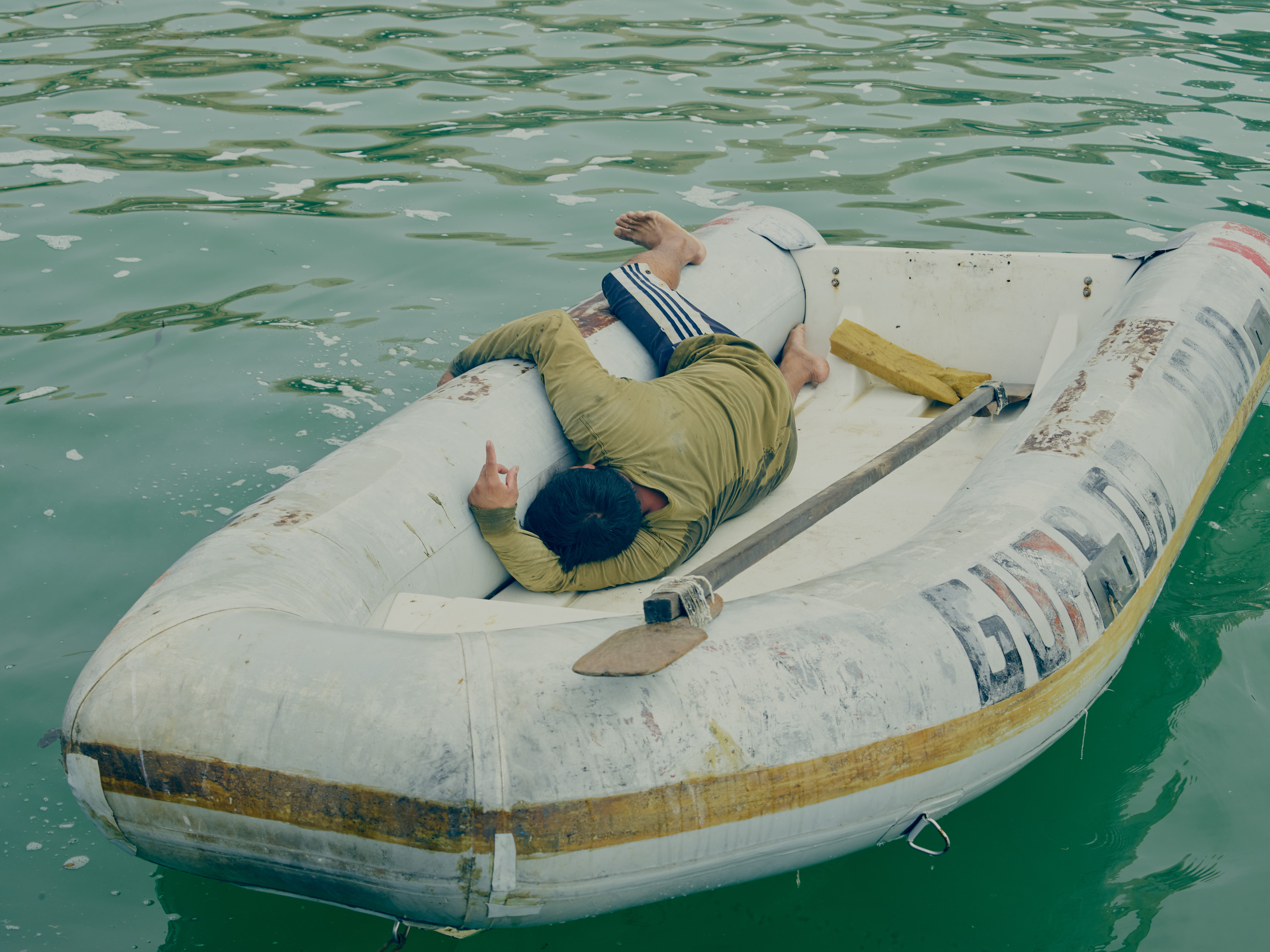Peru’s Guardians of the Guano
A solitary clan protects 30 remote islands of seabird excrement. The world is slowly intruding.
THE CHINCHA ISLANDS – Augusto Martinez, 47, likes seabirds. Their anchovy-bearing courtship rituals; the rubbery yellow whiskers of the zarcillo; the way their crater-like nests, built of their own manure, shine silver in the moonlight.
It’s just as well: some 50,000 of them – flocking, diving, screeching – are usually his only company on this four-square-mile rock off the Peruvian coast, a two-hour ride away in a fisherman’s skiff.
Peru’s guano islands have a dark history. The 33 coastal outcrops along the length of the country were prized by the Inca and the Spanish for their prodigious natural fertilizer. They were the epicentre of a global nineteenth-century guano boom, fought over by European powers, home to indigenous peons and Chinese “coolies” who slaved away and died in their thousands.
But they are also home to a curious modern experiment in solitude. Around 80 guardaislas are today employed by Peru’s government to watch over the islands. They live in pairs, and often alone, passing their days among disused piers and warehouses, fishing for their food, counting the birds, staving off melancholy. Martinez brandishes a fake wooden rifle to scare away poachers and guano thieves.
Some of these modern-day hermits have become institutionalized. Mauro Tomairo, 67, the oldest guardaisla in service, dreads the thought of retirement and the noise of the mainland after 40 years on the islands. “The birds show more affection to each other than humans,” he says.
Others are moulding the time-worn outposts in their own image. Jhon Fernandez – at 28, the youngest guardian – talks excitedly about creating gardens, greenhouses, scientific experiments. Some 300 legal guano harvesters descend on the islands every few years. Fernandez wants to market their food waste as another, artisanal, guano supply.
Solar panels, phone signal and internet connection are rapidly reaching the islands. They will soon be connected to the world once more – changing forever, perhaps, one of the world’s last patches of solitude.
Laurence Blair is a journalist (the BBC, The Guardian, The Economist) and writer. His forthcoming book on disappeared South American countries will be published by Penguin Random House in 2020. www.laurenceblair.com
